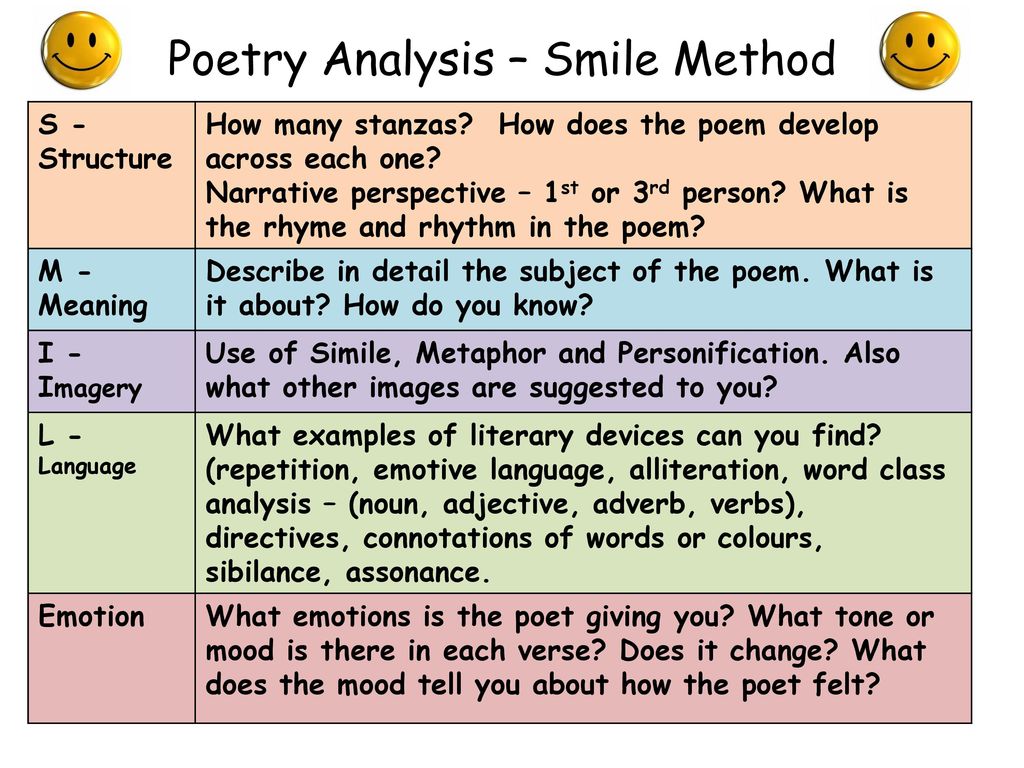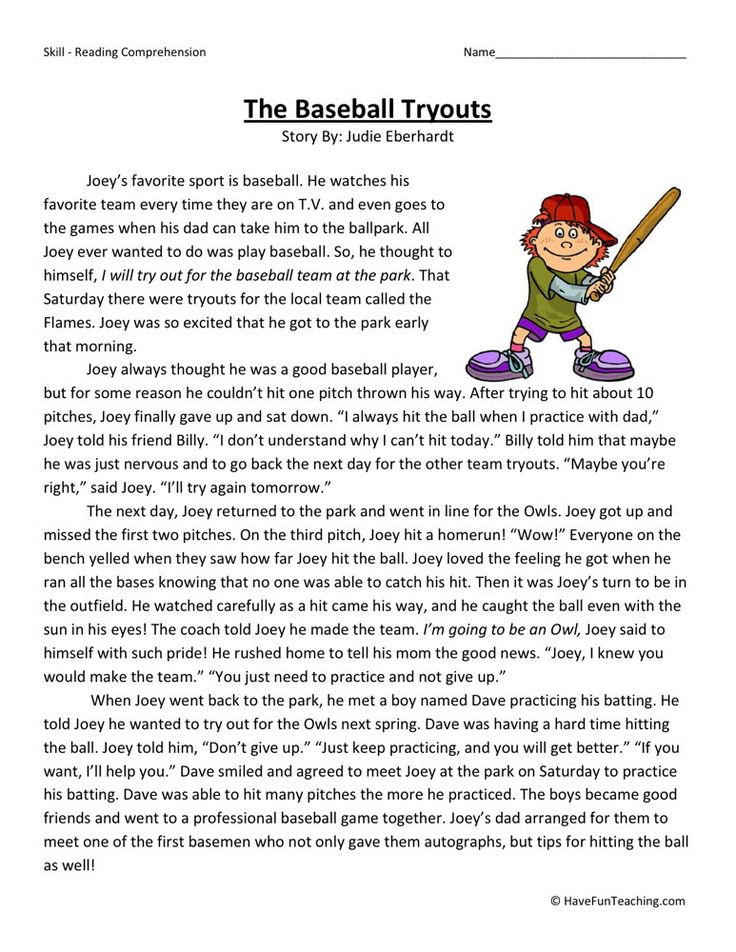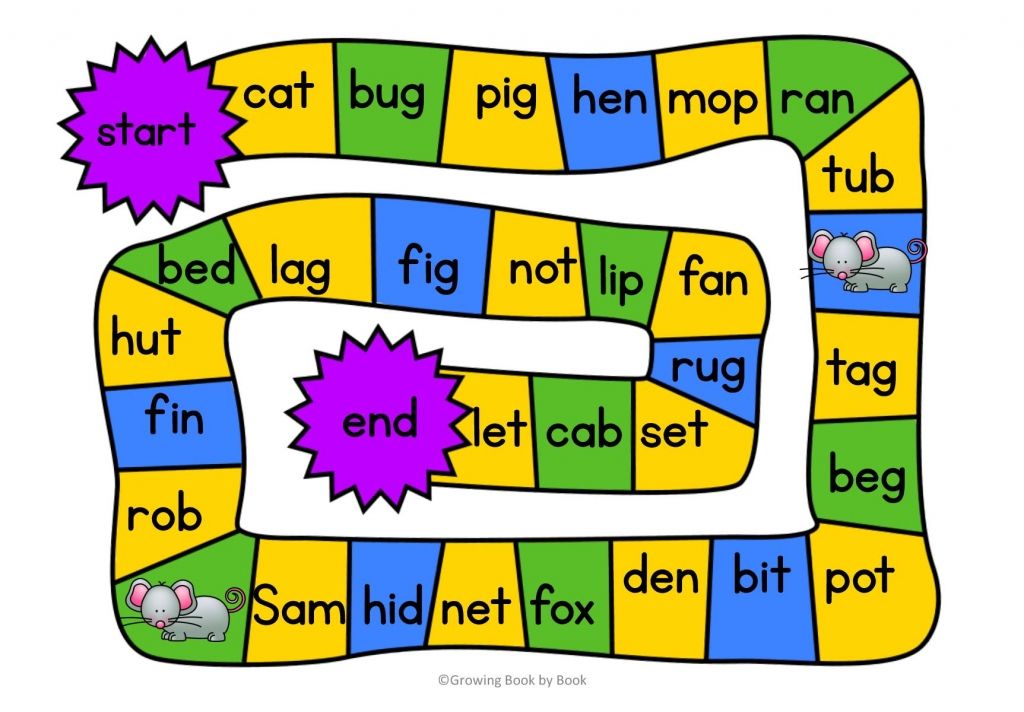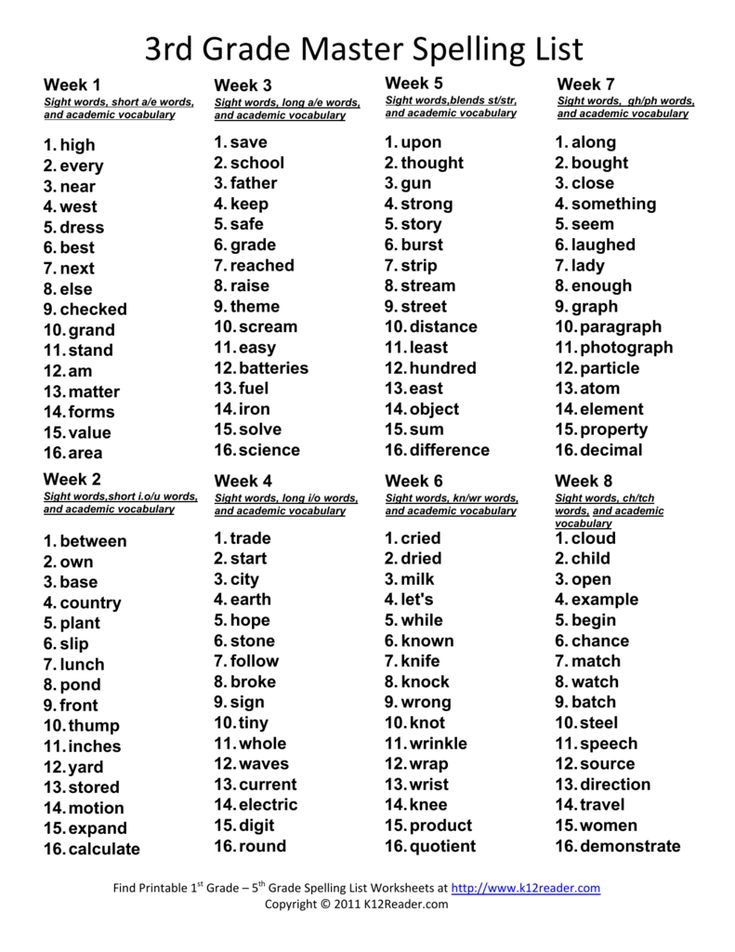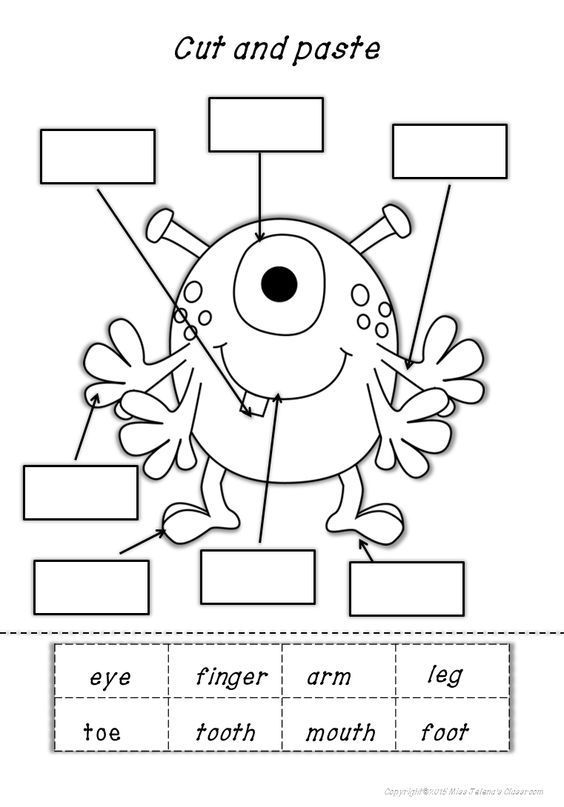Matching letter sounds
Alphabet Matching | Classroom Strategies
Very young learners are developing their understanding of the alphabetic principle — the understanding that there are systematic and predictable relationships between written letters and spoken sounds. Teachers can help students develop this understanding through lots of fun activities that help students explore the alphabet letters and sounds.
| How to use: | Individually | With small groups | Whole class setting |
More phonics strategies
Why teach about the alphabet?
- Letter naming is a strong predictor of later reading success
- Learning letter names helps a child learn letter sounds
- It helps students develop their understanding of the alphabetic principle
Watch: Alphabet In My Mouth!
Students practice each letter-name, sound, and corresponding action to help solidify letter-sound correspondences in an active and engaging way — with a song. See the lesson plan.
This video is published with permission from the Balanced Literacy Diet. See many more related how-to videos with lesson plans in the Letter-Sounds and Phonics section.
Collect resources
Matching upper-case and lower-case
Teachers can use the following activity to ask students to help the "Mama animals" (uppercase letters) find their "babies" (lowercase letters). This game includes matching the uppercase mothers with their lowercase babies. See example >
This link provides a template for a printable "Superhero" upper- and lowercase letter match game. See example >
This file includes uppercase and lowercase letters in a matching game that parents can use with their child at home. See example >
This link provides templates for printing cards to use for writing uppercase and lowercase letters.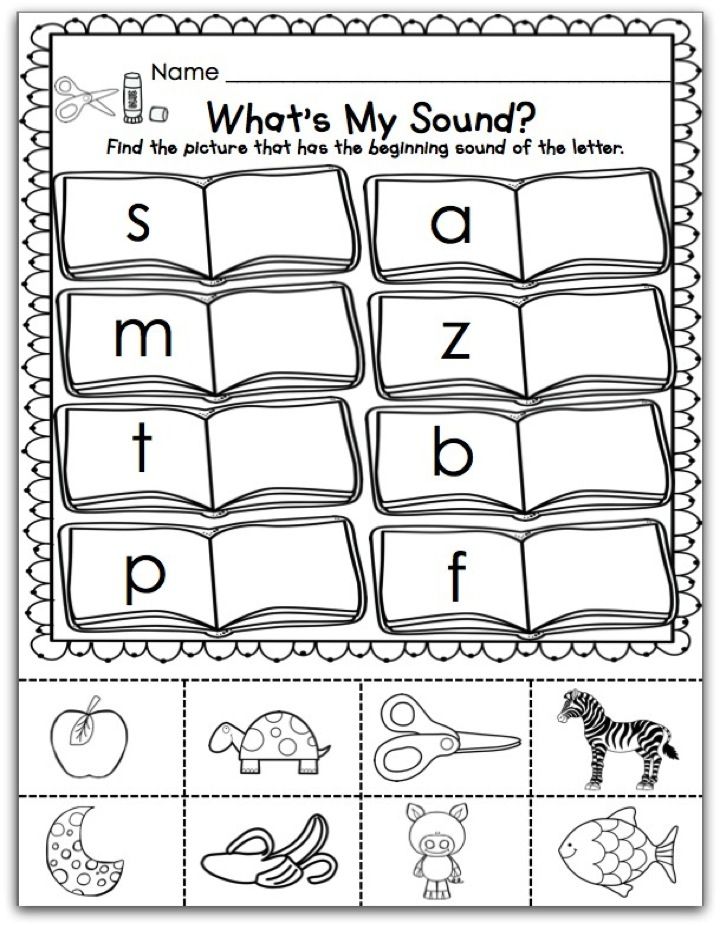 See example >
See example >
Letter formation: using sand, play dough, or flour
This link provides teachers with downloadable mats with the alphabet letters for helping children use play dough for learning letter formation. See example >
Letter bingo
Bingo is a simple game that children enjoy and can be used to help them learn about the upper- and lowercase letters. This link allows teachers to print the letters and board needed to play letter bingo. See example >
Letter stamps
Stamps are an excellent "hands-on" activity for helping students learn about the alphabet. The activity described in the link below provides teachers with some creative ideas for making letter stamps out of sponges. Teachers can use sponges and paint in a variety of ways to help children understand the shape and function of upper- and lowercase letters. See example >
Letter recognition fluency
This online document contains several activities that are helpful for building letter recognition fluency.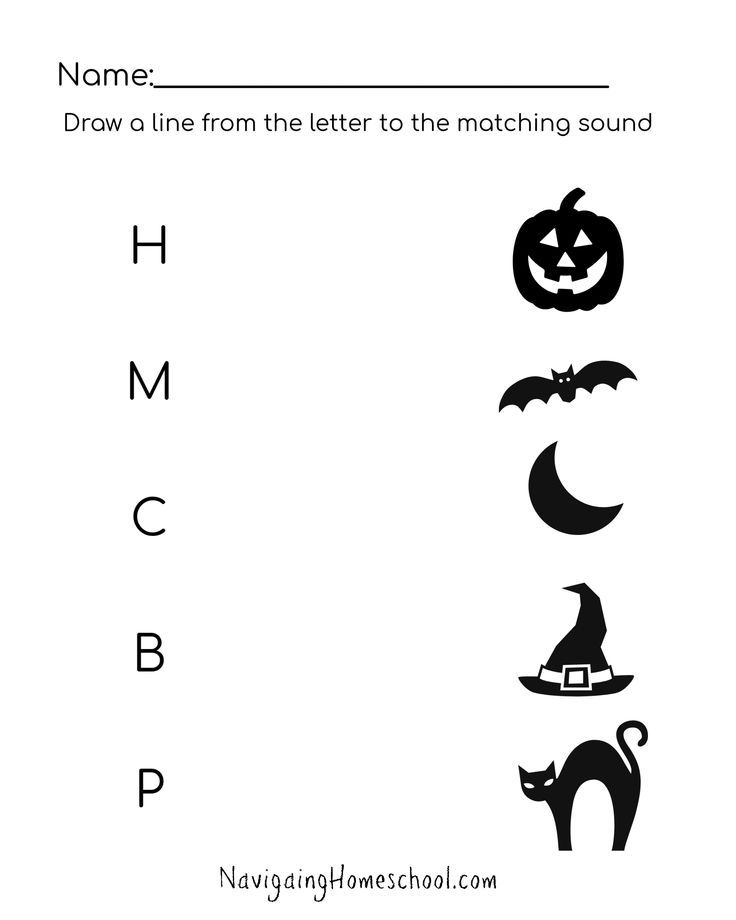 Teachers can download materials needed and follow the instructions for each activity. There are also some ideas included for extending and adapting each activity to further enhance learning. Some examples are provided below. Download activities >
Teachers can download materials needed and follow the instructions for each activity. There are also some ideas included for extending and adapting each activity to further enhance learning. Some examples are provided below. Download activities >
Speedy Alphabet Arc: Teachers can download and print a copy of the alphabet "arc" and have students use letters to match the ones on the arc. Parents could use this idea at home with magnetic letters by placing the arc on the refrigerator and have the child match the letters. Using a timer and seeing how quickly the child can match the letters is optional.
Glow Go: This activity includes the use of glow in the dark chalk and black construction paper. Students can work together taking turns using a flashlight and naming the letters.
Hungry Letter Mouse: Teachers can utilize this activity for students to work on letter recognition in pairs using an eraser and dry erase marker.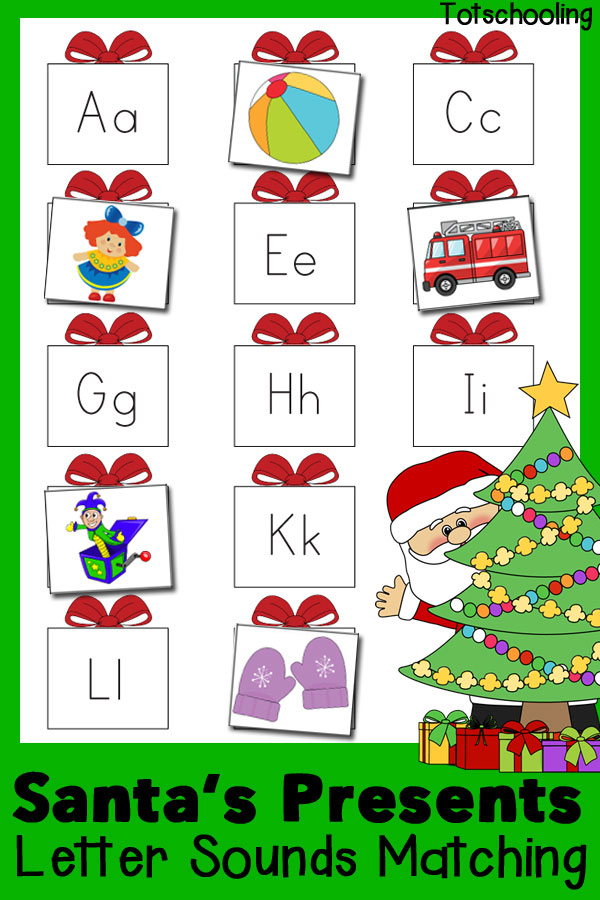 One student can use the eraser to be the mouse and the other student names the letter before the "mouse" eats it (i.e., erases it).
One student can use the eraser to be the mouse and the other student names the letter before the "mouse" eats it (i.e., erases it).
Letter books
Teachers can use the downloadable materials form this website to create letter books in which each page contains one letter. The kids draw or cut pictures from magazines that start with the particular letter and glue them into their "book." See example >
Downloadable letter and alphabet cards
Flash cards
The link listed below provides teachers with downloadable ESL flashcards. These are free and printable for use within the classroom. There are large sets for use with teaching letters and vocabulary, and smaller sets for language learning games. See example >
This website provides printable color flashcards that are great for teaching upper- and lowercase letters. These cards are free and use the Zaner Bloser font which is very simplistic — ideal for teaching young children.
See example >
">
Alphabet cards
The downloadable alphabet cards available from this link have various fonts to choose from, color picture cards to accompany the letters, and creative ideas for activities.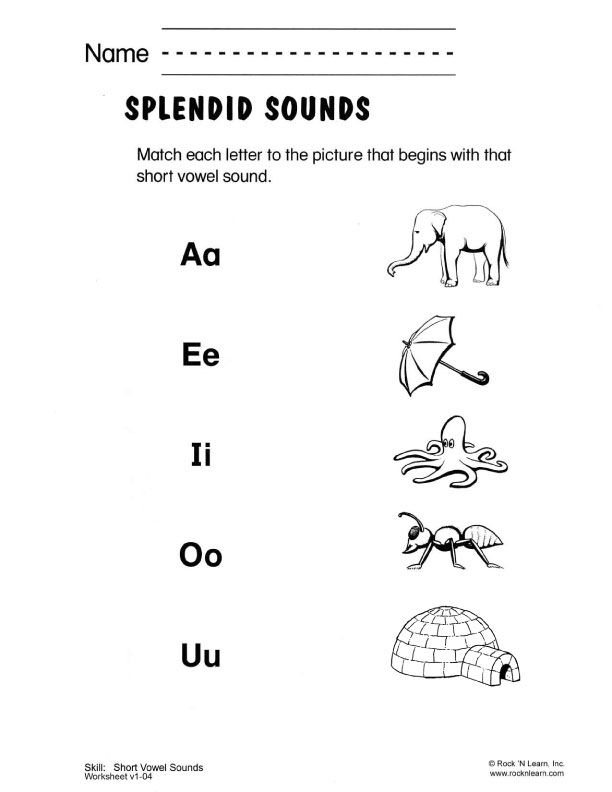 See example >
See example >
Race track alphabet
The website below offers teachers the ability to download letters of the alphabet in race-track format. Children can use toy cars to trace around the letters to help learn the formation. See example >
Differentiated instruction
for Second Language Learners, students of varying reading skill, and for younger learners
- Begin with a very simple, plain alphabet font like Zaner Bloser. As children become more familiar with letter shapes, progress to different fonts that may present letters slightly differently. For example, consider how the letters /a/, /g/, /t/ appear in different fonts.
- Decide how many letters a child or group should work with at one time. Very emergent learners should begin with fewer letters; other students can manage working with more letters at one time.
- Just for fun! Serve alphabet soup or use Alpha-bits cereal as an extra reinforcement of letters.
See the research that supports this strategy
Adams, M. (1990). Beginning to read: Thinking and learning about print. Cambridge, MA: MIT Press.
(1990). Beginning to read: Thinking and learning about print. Cambridge, MA: MIT Press.
Snow, C., Burns, M., & Griffin, P. (Eds.). (1998). Preventing reading difficulties in young children. Washington, DC: National Academy Press.
Texas Education Agency. (2002). The Alphabetic Principle.
Children's books to use with this strategy
Farm Alphabet Book
By: Jane Miller
Genre: Nonfiction
Age Level: 0-3
Reading Level: Pre-Reader
The alphabet is presented in upper and lower case letters accompanied by full color photographs that introduce farms and things associated.
Kipper's A to Z: An Alphabet Adventure
By: Nick Inkpen
Age Level: 0-3
Reading Level: Pre-Reader
Upper and lower case letters, clearly printed, are introduced by Kipper and Arnold in a playful, imaginative tale plainly intended as an alphabet book.
Eating the Alphabet
By: Lois Ehlert
Genre: Fiction
Age Level: 0-3
Reading Level: Pre-Reader
Clean lines of both upper and lower case letters combine with colorful fruits and vegetables for a unique way to think about - and even eat through the alphabet.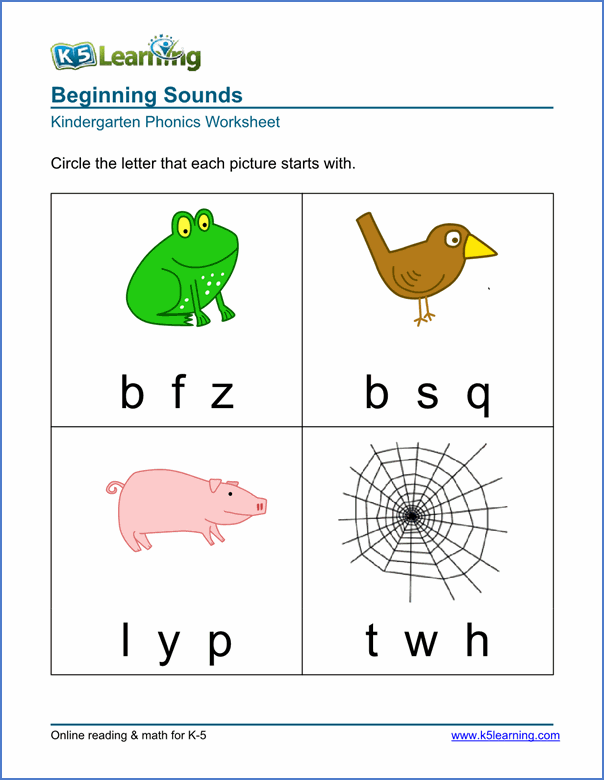
Chicka Chicka Boom Boom
By: Bill Martin Jr, John Archambault
Genre: Fiction
Age Level: 0-3
Reading Level: Pre-Reader
Naughty lowercase letters climb the coconut tree but when little Z gets to the top, they all go BOOM to the bottom. After a rescue by grown-up letters (all uppercase), it all seems to start again. Humor, crisp illustration and rhythm make this alphabetic adventure a classic.
ABC: A Child's First Alphabet
By: Allison Jay
Age Level: 0-3
Reading Level: Pre-Reader
Upper and lower case letters introduce familiar objects (e.g., apple) while full page illustrations depict both obvious (and less so) objects that begin with the same letter.
Comments
Beginning Sounds Letter Match-Up Mats Printable
Are you needing a simple-to-use, hands-on alphabet activity for your students to work on beginning sounds? These beginning sounds letter match-up mats are for you!
Beginning Sounds Letter Matching Mats
These beginning sounds letter match-up mats are perfect for your students as they learn letter sounds and beginning sounds.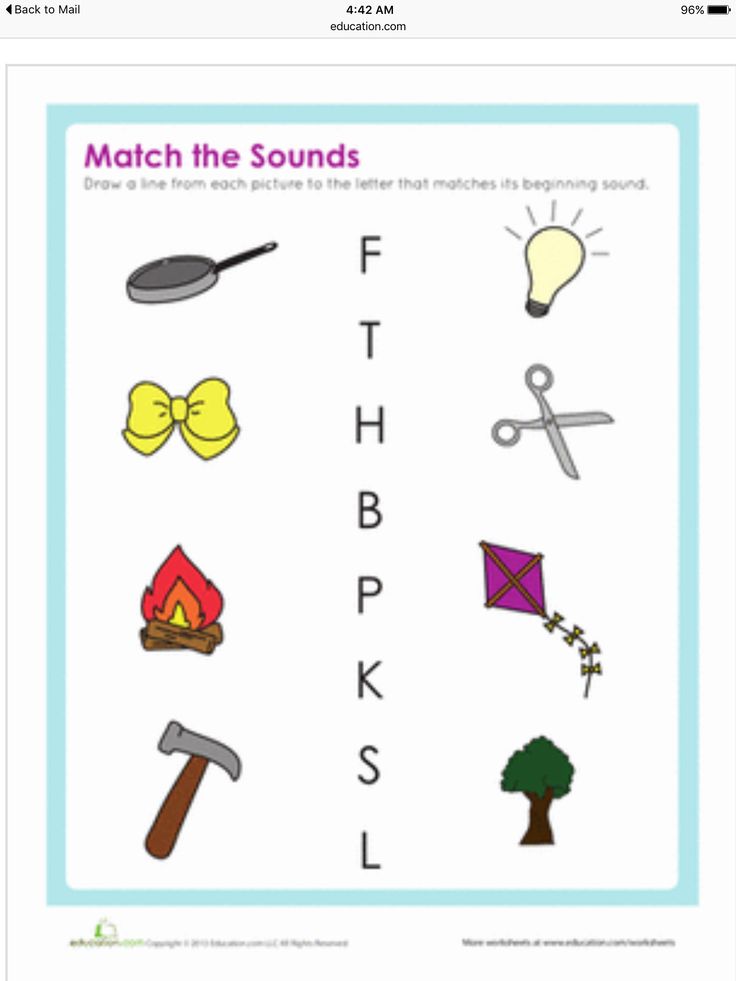 This activity would be a great addition to literacy centers, guided reading groups, or individual practice.
This activity would be a great addition to literacy centers, guided reading groups, or individual practice.
This beginning sounds activity can be used with preschool and kindergarten students and can even be adapted to meet the needs of some first graders.
Print and Go!
These beginning sounds letter mats are incredibly easy to prep! Just print, laminate, and go! Instead of laminating, you can also slide the mats into a write and wipe pocket for durability.
There are 3 different beginning sound mats with 9 pictures each, so every letter in the alphabet is represented.
These mats come in color AND black and white, so you can use them even if you don’t have access to color printing. Want to add a fun spin to this activity? You can print black and white mats and let your students color them.
You may print the letter cards found in the activity or use your own letter manipulative, such as letter tiles, magnetic letters, letter beads, etc.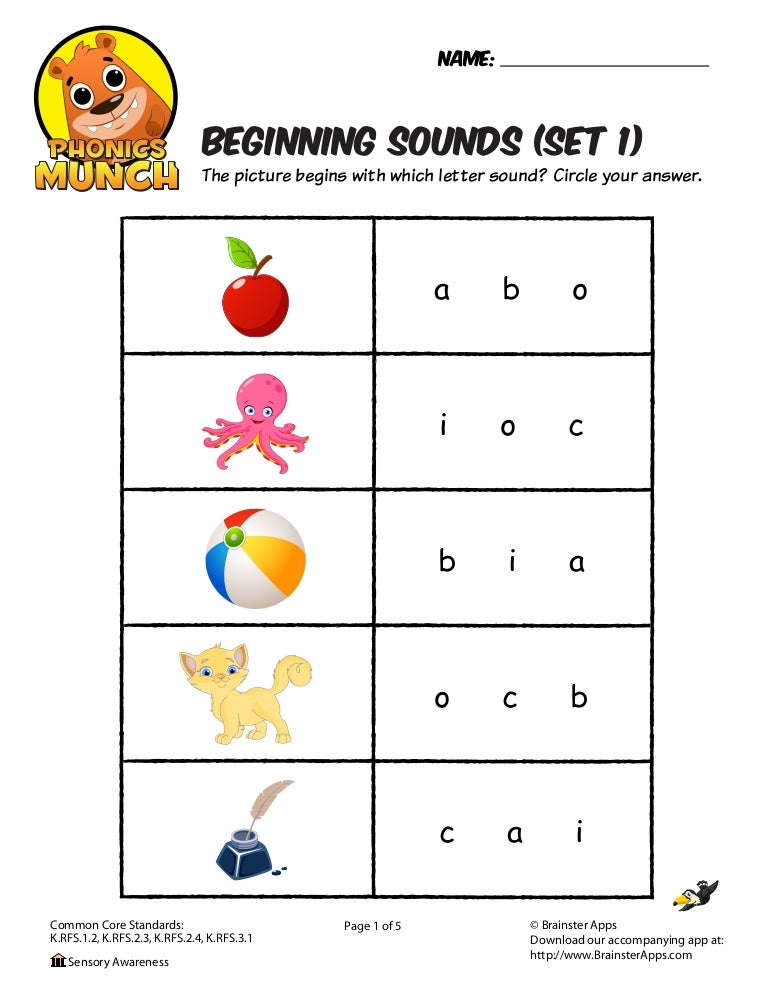
For easy storage, put the letter cards in a small baggie and store the entire activity in a large baggie, file folder, or storage tray.
Differentiate With Letter Match-Up Mats
There are several ways to differentiate with these beginning sounds alphabet mats. Since there are 3 different mats, you can assign your students 1 mat, 2 mats, or all 3 mats. They can start with 1 and work their way up to completing all 3.
If they are struggling with a particular beginning sound, assign the letter match-up mat that includes that letter sound.
Since the directions do not change depending on the mat used, your students will be successful completing this activity independently. These mats can be used in a variety of instructional settings, including:
- Morning work
- Independent practice
- Bell ringer
- Exit ticket
- Early finisher activity
- Small group
- Partner work
- Literacy center
- Guided reading station
- Assessment
Setting Up the Beginning Sounds Mats
Supplies needed:
As an Amazon Associate I earn from qualifying purchases.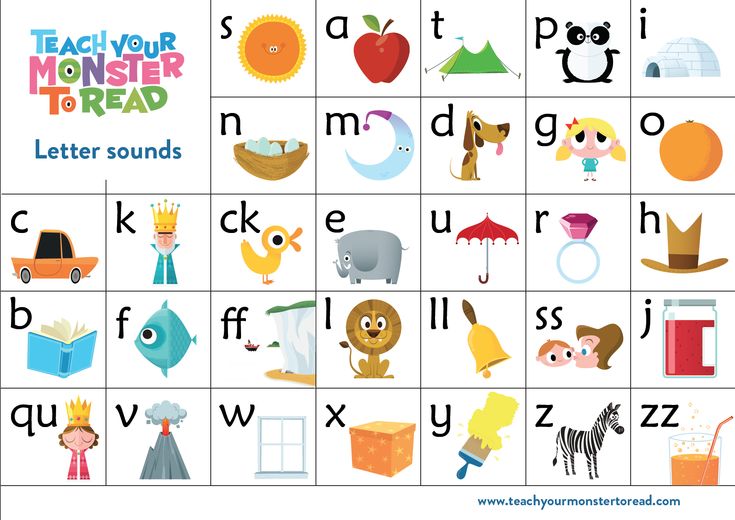
- Beginning sound picture card mats
- Letter tiles OR other letter manipulative
- Write and wipe pocket (optional)
- Print the beginning sound picture card mats.
- Laminate or slide into write and wipe pockets.
- Print, laminate, and cut out the letter cards if using.
- Store the letter cards in a baggie if using.
Using the Beginning Sounds Alphabet Mats
To use the beginning sounds letter match-up mats, students will look at each picture on the mat and determine what letter sound is at the beginning of the word.
They will identify the letter that makes that sound and cover the picture with the corresponding letter tile, magnet, bead, etc.
To take it a step further, you can have your students tell you the word, the beginning sound, and which letter matches out loud. This will give them a little more practice.
If the students are using all 3 mats, they can switch it up by drawing a letter, making the beginning sound, and finding the picture that begins with that sound.
This beginning sounds activity is an effective, yet simple to understand activity that will give your students meaningful practice with this literacy skill. Incorporate it into your day in many ways and watch your students’ skills grow!
Click the button below to get the Beginning Sounds Alphabet Mats and start using them with your students!
Here are some more alphabet activities for you!
Paperless Alphabet Matching Mats
Paperless Alphabet Clip Cards
Pencil Alphabet Puzzles
Totally Awesome Alphabet Activities
Beginning Sounds Clip Cards
Alphabet Printables for Preschool and Kindergarten
Alphabet Play Dough Mats
The main differences between Russian and English sounds - EnglishDom blog
August 11, 2019
7 min. read
Before you start reading, please watch this video - it will only take 35 seconds. Actress Amy Walker, who imitates a Russian accent in English quite successfully, has something interesting to tell you.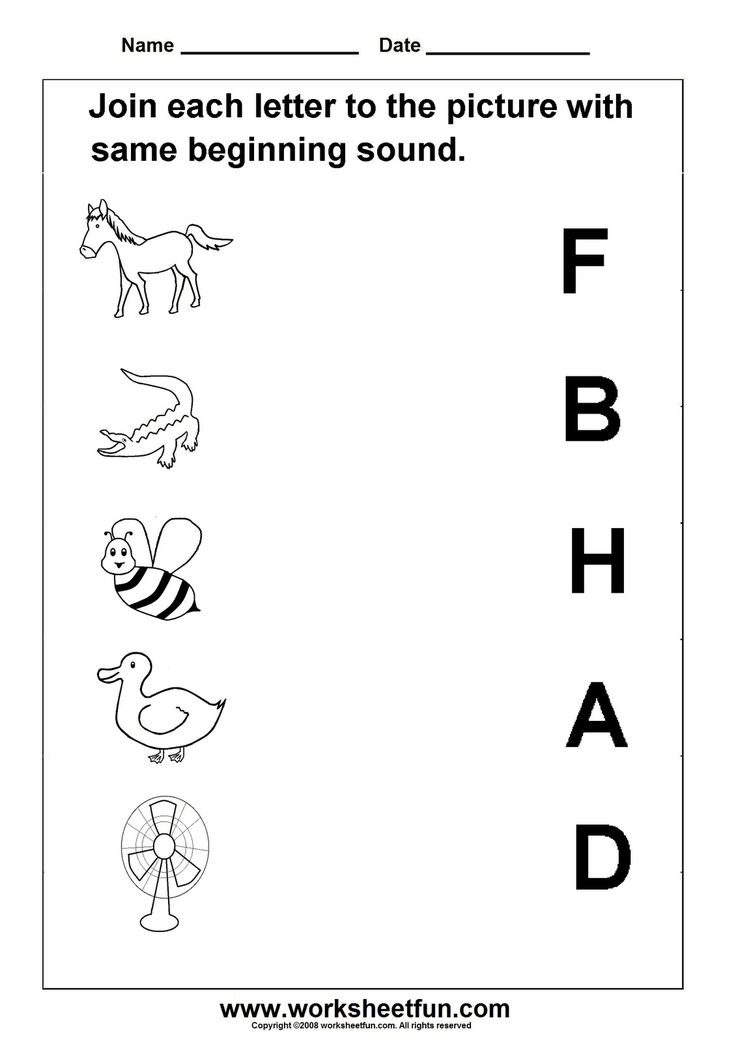
Content of the article:
- Vowels: drawn out and muted
- Consonants: hard and soft
- Helpful Hints
It is clear that Russian pronunciation is not at all a consequence of climatic conditions. It just so happened historically that different peoples came up with different words and sounds for communication.
For a person who has never studied a foreign language, the idea that there are "other" sounds may even seem strange. Ask a friend to come up with a new vowel and a new consonant. He will be confused, and if he comes up with something, it will not be right away. But there are a huge number of sounds that are not in Russian. Take at least the English r or th.
If you don't know how to pronounce a word, say it loud!
If you don't know how to pronounce a word, say it out loud!William Strunk, Jr.
In this article we will tell you which sounds differ in Russian and English and how to pronounce them.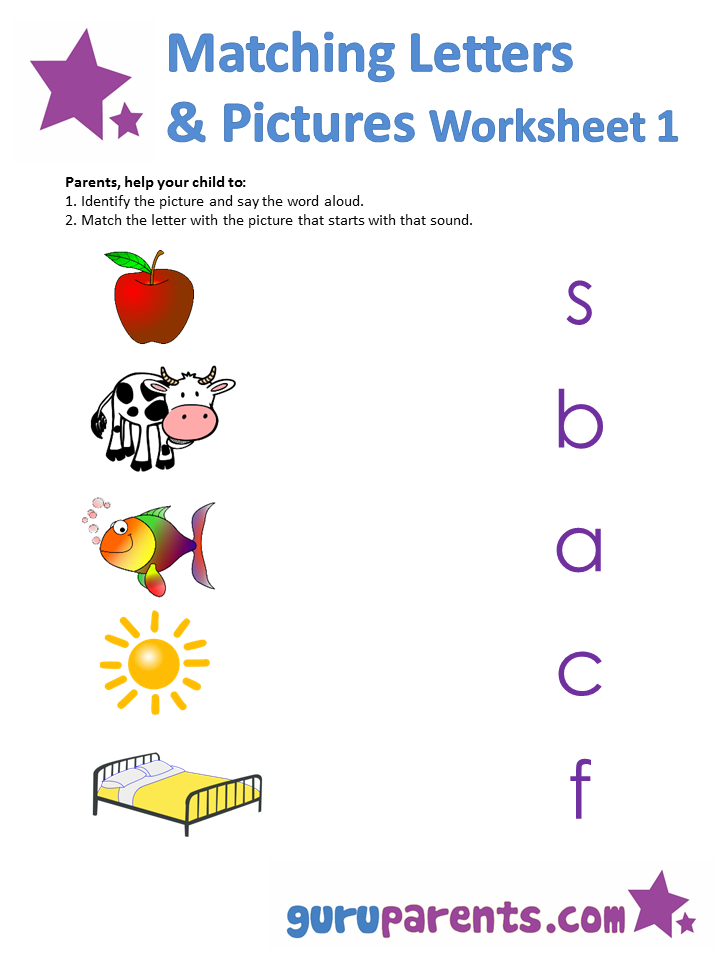
Vowels: extended and muffled
There are six vowels in Russian: a, u, o, e, i, s. They form the rest of the vowels. For example, boova yu consists of the sounds "y" and "y". In English it's even more difficult. For example, the words "cart" and "cut", "bad" and "bed" in Russian "voice acting" would be the same. We even had a video about it.
Therefore, it is imperative to pay attention to the following points:
- The meaning of the word depends on the sound quality (wide sound [æ] or regular [e]), so all sounds must be pronounced clearly and in accordance with the rules;
- Sound length is also a very important characteristic, which, as we know, is absent in the Russian language. Here, too, you need to be careful not to confuse, for example, "ship" and "sheep";
- In English, there are diphthongs and triphthongs - combinations of two or three sounds that must be pronounced as one. At the same time, they have the main component (core), which sounds louder and clearer, and the secondary (sliding), which is less pronounced.
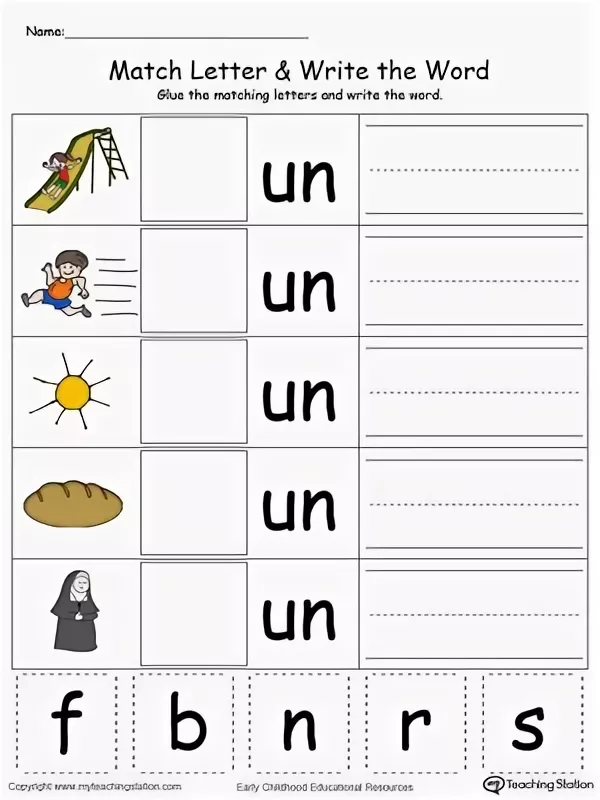 For example, in the word “my” [maɪ], the first part of the diphthong is pronounced brightly, and the second part is very fluent, almost like a short [j], that is, [aɪ] is not at all equal to [a] + [ɪ].
For example, in the word “my” [maɪ], the first part of the diphthong is pronounced brightly, and the second part is very fluent, almost like a short [j], that is, [aɪ] is not at all equal to [a] + [ɪ].
English people don't have very good diction. In France you have to pronounce very particularly and clearly, and learning French at an early age helped me enormously.
The English do not have very good diction. In France, you have to pronounce the sounds in great detail and clearly, and learning French at an early age helped me a lot.Vivien Leigh
Read also
Lyrics I Just Called to Say I Love You (Stevie Wonder)
Consonants: hard and soft
English consonants also have certain differences from Russian. For example:
- Almost all consonants are pronounced firmly, no matter what sound follows them. If, say, in the Russian word “pour” the sound [l] becomes soft due to the vowel [i] following it, then nothing of the kind happens in the English word “little”.
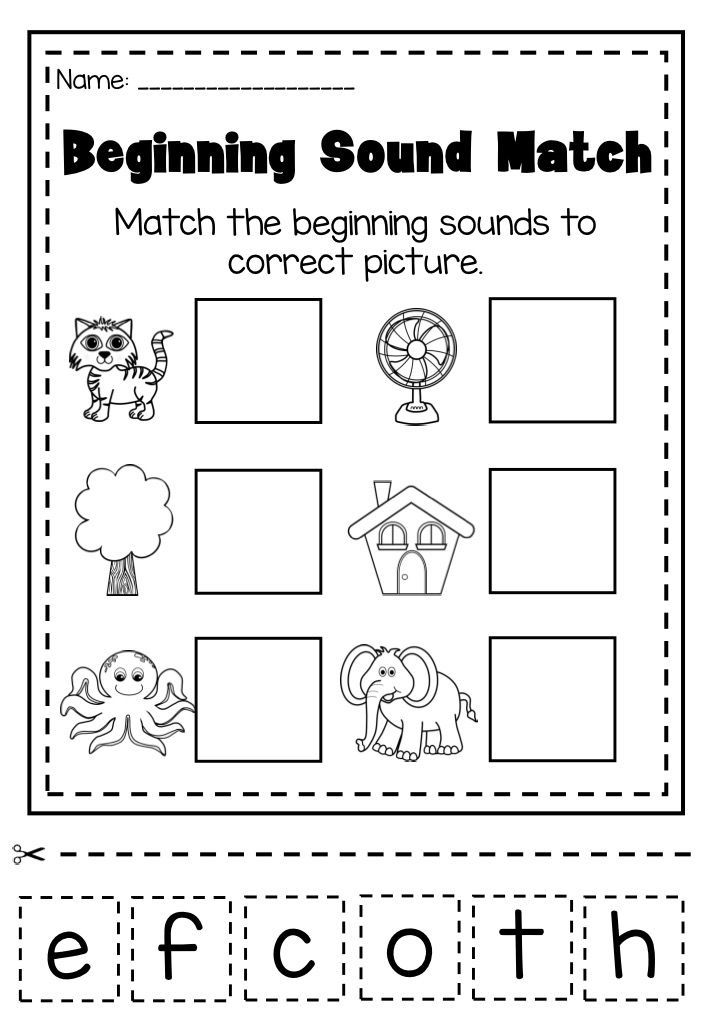 If you habitually soften consonants, then the meaning of the word will not suffer, it will simply strengthen your foreign accent.
If you habitually soften consonants, then the meaning of the word will not suffer, it will simply strengthen your foreign accent. - Unlike Russian, consonants at the end of a word are not stunned in English. What sounds do you hear last in the words "oak", "eye" and "year"? That's right, [n], [s] and [t]. In English, everything is pronounced clearly, and failure to follow this rule can easily distort the meaning. For example, the words "bet" and "bed", "leave" and "leaf" differ only in one last sound, but they do not mean the same thing at all.
- The sounds [p], [t], [k] are pronounced with a breath, that is, with a slight exhalation, as if with a hint of the sound [h]. This aspiration is most clearly heard before vowels, while it is practically absent before consonants.
- Sounds such as [t], [d], [n], [l] are formed a little differently. Behind the upper teeth, we have tubercles-alveoli, on which you need to put your tongue when pronouncing these sounds. Compliance with this rule along with others will also help get rid of the Russian accent.
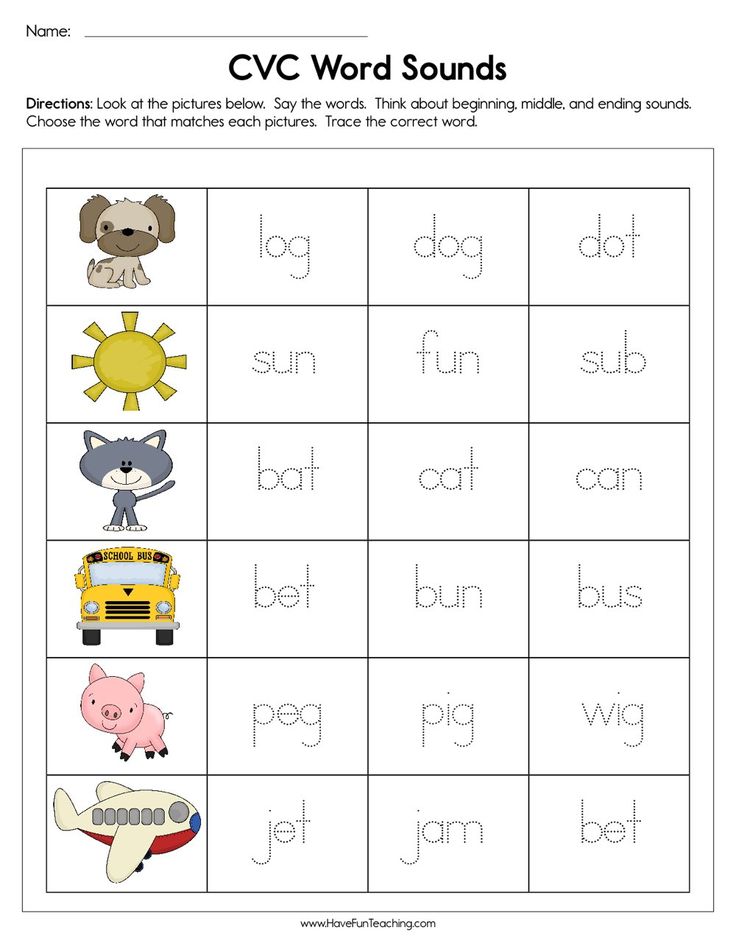
I will buy any creme, cosmetic, or elixir from a woman with a European accent.
I will buy any cream, cosmetic or elixir from a woman with a European accent.Erma Bombeck
Everything we have listed so far regarding consonants is not that difficult. After all, this is only slightly different from what we are used to pronouncing. Few people have difficulty pronouncing end consonants more clearly or muting the letters n and t. But in English there are sounds that have no analogues in Russian. And it is with them that the most problems arise.
These are [r], [w], [ŋ] (softened ng, as in sing) and, of course, everyone's favorite [ð] (as in the) and [θ] (as in path). This is exactly the case when it is better to see and try once than to read a text description for a long time. Luckily, learning videos and a little patience will help you master all the sounds to perfection, even if you can't communicate directly with a native speaker.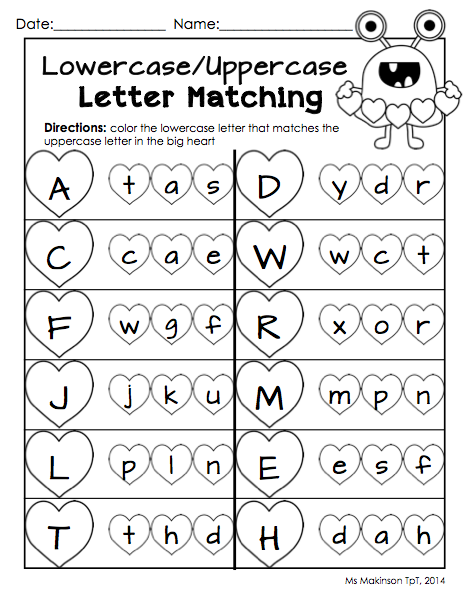 See instructions for pronunciation of [ð] and [θ], [w], [r] and [ŋ] sounds.
See instructions for pronunciation of [ð] and [θ], [w], [r] and [ŋ] sounds.
Read also
The best ways to "talk" when learning English
Helpful Tips
In addition to these features, there are many more big and small differences between Russian and English sounds. You can, of course, find a textbook on English phonetics, study all the rules thoroughly and practice them with the help of special exercises. But it will be much more effective to use the following tips:
Feel free to imitate native speakers : if you copy their facial expressions, the sounds will turn out better. Pay particular attention to how wide they open their mouths. This is what can play a decisive role in the pronunciation of vowels. After all, Russian speakers often speak with their mouths half closed, muffling the sound.
Work on the diction of your native language. This disciplines your voice and vocal apparatus. So you can control the depth of sound and clarity of pronunciation. Learn to do it in Russian - it will be easier in English.
So you can control the depth of sound and clarity of pronunciation. Learn to do it in Russian - it will be easier in English.
The more English speech you hear around you, the more of its features you subconsciously absorb without any memorization. Checked.
Having learned to pronounce individual sounds, pay attention to their combinations: pronunciation of each sound and word too clearly also betrays a foreigner in you very much.
Chat with native speakers, because in a conversation you will involuntarily adjust to their way of speaking and improve your pronunciation. Students of our Skype English school have this opportunity thanks to discussion clubs with native teachers.
And one more thing. Don't be shy about your accent. You can aim for an American or British pronunciation, but it's important to use the language either way. If you don't like the way you sound, that's no reason not to speak at all.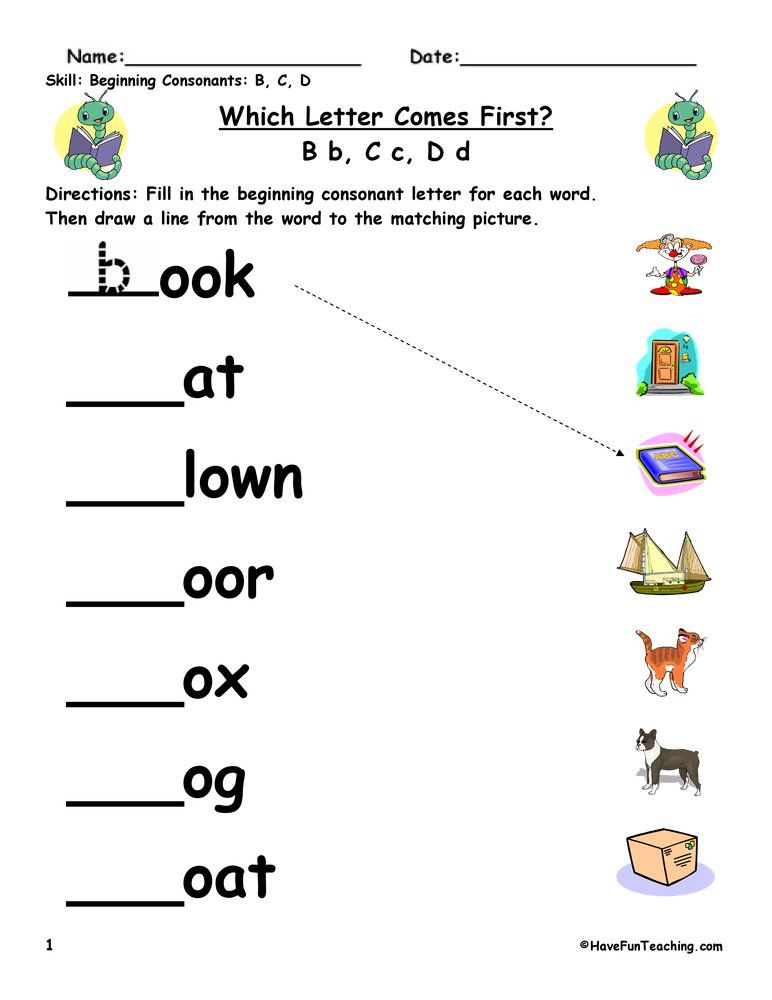
Even if you have a really hard accent, remember that many have it even weirder. Even native speakers. For example, in Jamaica and India, English is a native language for many, but their accent is often not understood outside of their native country.
So, sorting out all the nuances and shades of English sounds is somewhat difficult, but quite possible. The main thing is to study with pleasure, try to switch to English mode and not use Russian sounds, and, of course, find good role models. Believe in yourself and practice with pleasure - very soon your pronunciation will noticeably improve.
EnglishDom #inspire to learn
Author
Olga
Article rating:
Thank you, your vote counted
English sounds with pronunciation. Classification of sounds of the English language.
The English (British) pronunciation system has 44 sounds, which are divided into 24 consonants and 20 vowels, including 8 diphthongs. The following table lists individual English sounds and their corresponding English transcription marks, as well as examples of words in which they are pronounced.
The following table lists individual English sounds and their corresponding English transcription marks, as well as examples of words in which they are pronounced.
English sound table:
| Consonants | |||
| [ f ] five | [ d ] do | [ v ] very | [ k ] key |
| [ θ ] thick | [ g ] gas | [ ð ] this | [ tʃ ] chin |
| [ s ] so | [ dʒ ] Jim | [ z ] zoo | [ m ] mother |
| [ʃ] ship | [ n ] no | [ ʒ ] pleasure | [ ŋ ] long |
| [ h ] horse | [ l ] less | [ p ] park | [ r ] river |
| [ b ] book | [ j ] yellow | [ t ] tea | [ w ] white |
| Monophthong vowels | |||
| [i:] eat | [ ə ] paper | [ i ] it | [ ʌ ] cup |
| [ e ] pen | [ ʊ ] cook | [ æ ] bad | [ u: ] school |
| [ a: ] art | [ ɜ: ] girl | [ ɒ ] box | [ ɔ:] all |
| Vowel diphthongs | |||
| [ ai ] like | [ eə ] air | [ aʊ ] house | [ ʊə ] poor |
| [ ɔi ] boy | [ əʊ ] home | [ ei ] lake | [ iə ] ear |
Classification of English sounds
In accordance with the mechanics of education, English sounds are primarily divided into vowels and consonants phonemes.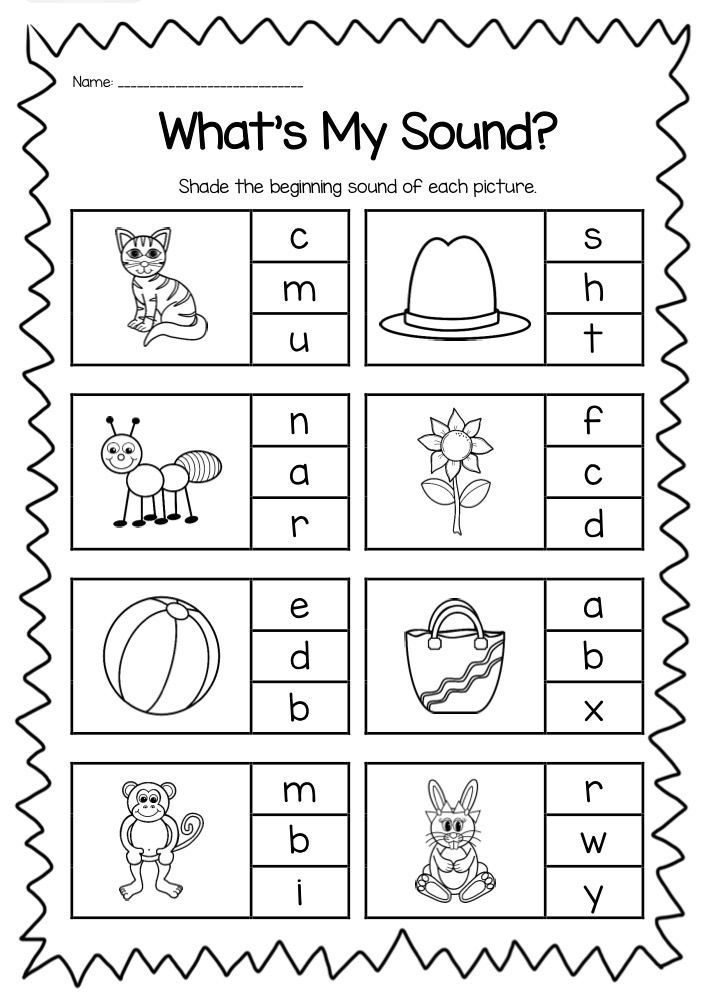 The pronunciation of vowels is associated with active vibration of the vocal cords and the free passage of exhaled air through all organs of speech. Consonants, on the contrary, are formed by overcoming various barriers, cracks and passages formed by the muscles of the vocal apparatus when the air stream exits.
The pronunciation of vowels is associated with active vibration of the vocal cords and the free passage of exhaled air through all organs of speech. Consonants, on the contrary, are formed by overcoming various barriers, cracks and passages formed by the muscles of the vocal apparatus when the air stream exits.
Let us consider in more detail the classification of the sounds of the English language according to individual signs of articulation (the position of the speech organs when pronouncing sounds) and their comparison with Russian sounds.
English consonants
When pronouncing consonant sounds, the air on its way encounters various barriers formed by the active organs of speech: tongue, lips, teeth and alveoli.
If the organs of speech close in such a way that they completely block the passage for air, then we pronounce stop consonant . Such consonants are also called explosive , since a small explosion is heard when the organs of speech are opened.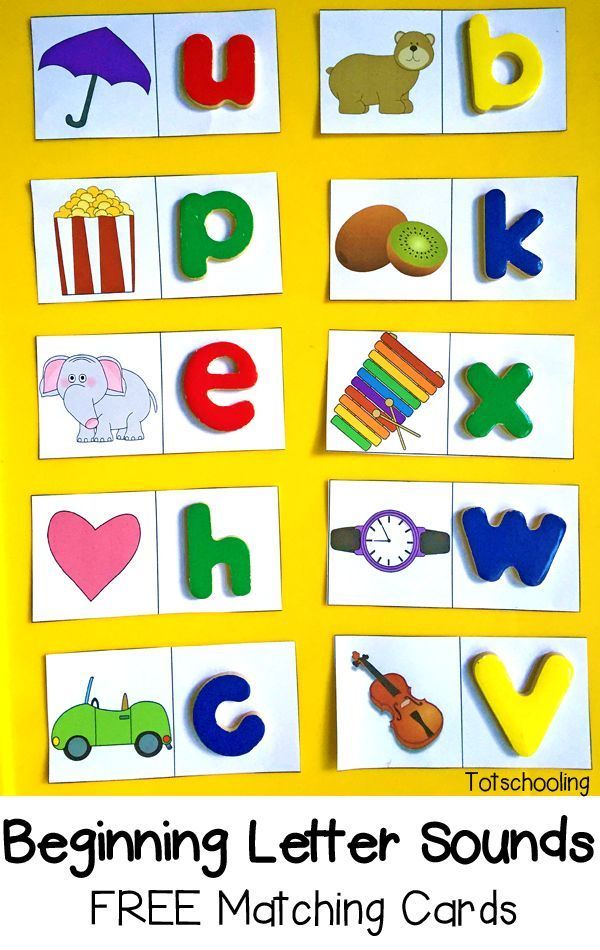
[ p ], [ b ], [ t ], [ d ], [ k ], [ g ]
stops English plosives
[ n ], [ b ], [ t ], [ d ], [ k ], [ g 9 ] stop plosive Russian sounds
If the air passes out through the nasal cavity, then such closing sounds are called nasal .
[ n ], [ m ], [ ŋ ]
nasal stop English sounds
[ n ], [ m ]
nasal stop Russian sounds
If the organs of speech do not close completely, but leave a narrow passage - a gap for air, then we pronounce slot consonant.
[ θ ], [ ð ], [ ʃ ], [ ʒ ], [ s ], [ Z ], [ h ], [ F ], [ V ], [ W ], [ R ], [ J L ] 9ART]
Sloping English sounds
[ С ], [ b ], [ f ], [ in ], [ Sh ], [ Sh.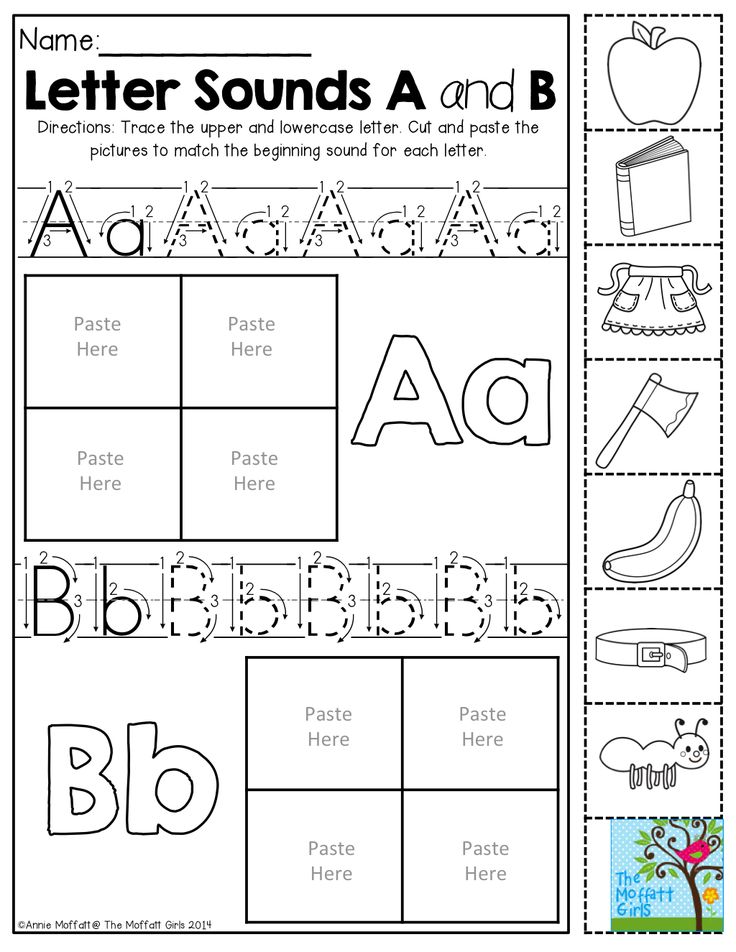 ], [ F ], [ L ]
], [ F ], [ L ]
slotted russian sounds
Among the consonants there are stop-slit sounds. They are called so because the opening of the barrier in them is slow; the complete obstruction goes into the gap.
[ tʃ ], [ dʒ ]
occlusive-slit English sounds
[ c ], [ h ]
stop-slit Russian sounds
An obstruction to the path of exhaled air can be formed by various organs of speech. If the lower lip approaches the upper, then labial-labial consonants appear.
[ p ], [ b ], [ m ], [ w ]
labial English sounds
[ n ], [ b ], [ m ]
lip-labial Russian sounds
If the lower lip touches the upper teeth, then such consonants are called labiodental .
[ f ], [ v ]
labiodental English sounds
[ f ], [ in ]
labio-dental Russian sounds
If the tip of the tongue is between the lower and upper front teeth, then 9 is pronounced0009 interdental consonant. There are no such sounds in Russian.
There are no such sounds in Russian.
[ θ ], [ ð ]
interdental English sounds
Russian consonants [ t ], [ d ], [ n ], [ l ] - dental , since the end of the tongue rises to the inner surface of the upper teeth. English consonants [ t ], [ d ], [ n ], [ l ], [ ŋ ] - alveolar because the tip of the tongue touches or rises to the alveoli.
According to the work of the vocal cords, deaf and voiced consonants are distinguished. When pronouncing deaf consonant sounds, the glottis is opened and the exhaled air passes through the larynx silently.
[ k ], [ p ], [ s ], [ t ], [ f ], [ h ], [ tʃ ], [ ʃ ], [ θ ]
voiceless consonants of English
[ to ], [ n ], [ s ], [ t ], [ f 90 [160 ], [ 9 x 90 15 ], w ], [ w ]
voiceless consonants of the Russian language
With voiced consonants, the vocal cords are close and tense.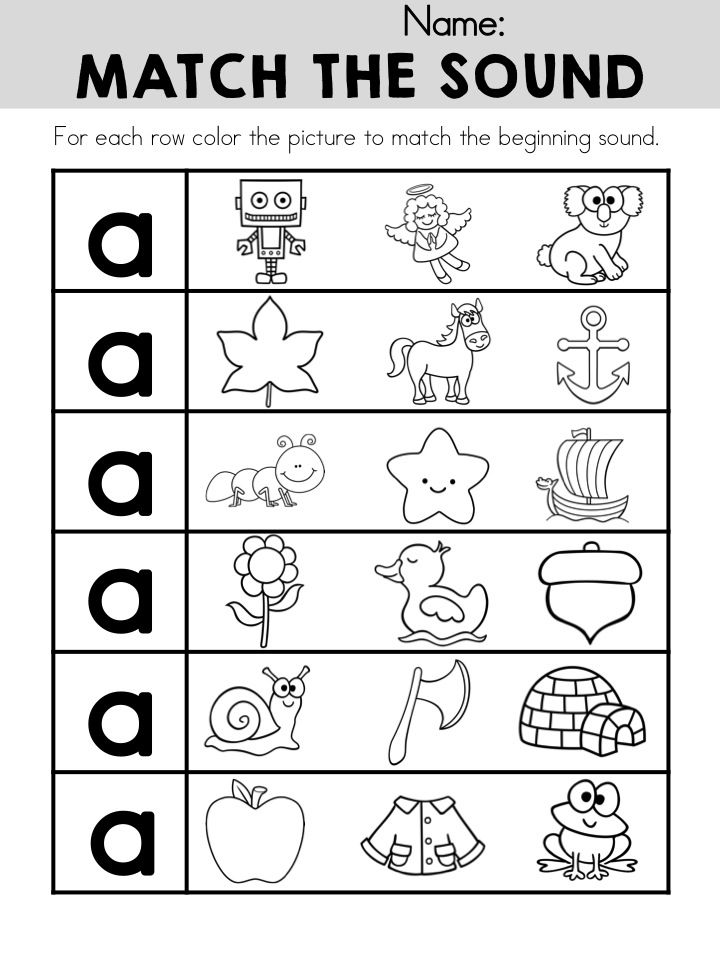 The exhaled air causes them to vibrate, resulting in a sonorous consonant sound.
The exhaled air causes them to vibrate, resulting in a sonorous consonant sound.
[ b ], [ V ], [ G ], [ D ], [ Z ], [ L ], [IM ], [90INSITY N ], [ r ], [ ʒ ], [ dʒ ], [ ð ]
voiced consonants of the English language
[ b ], [ in ], [ g ], [ d ], [ f 90 [160 ], [ z ], [ z ], [ z ], m ], [ n ], [ r ], [ c ]
voiced consonants of the Russian language
English vowel sounds
To classify English vowels, the various positions of the tongue relative to the hard palate are considered, as well as which part of the tongue is involved in articulation and how high the back of the tongue rises to the hard palate.
There are front vowels when the tip of the tongue rests on the base of the lower teeth, and the back of the tongue comes quite close to the hard palate: the English vowel [ i: ] and Russian [ and ].


